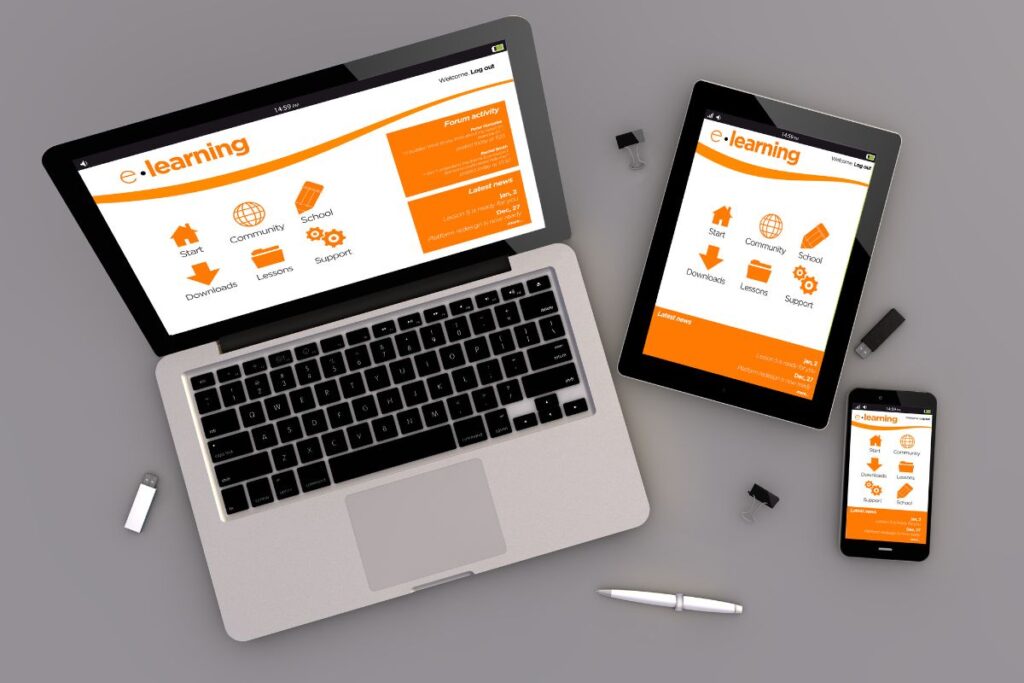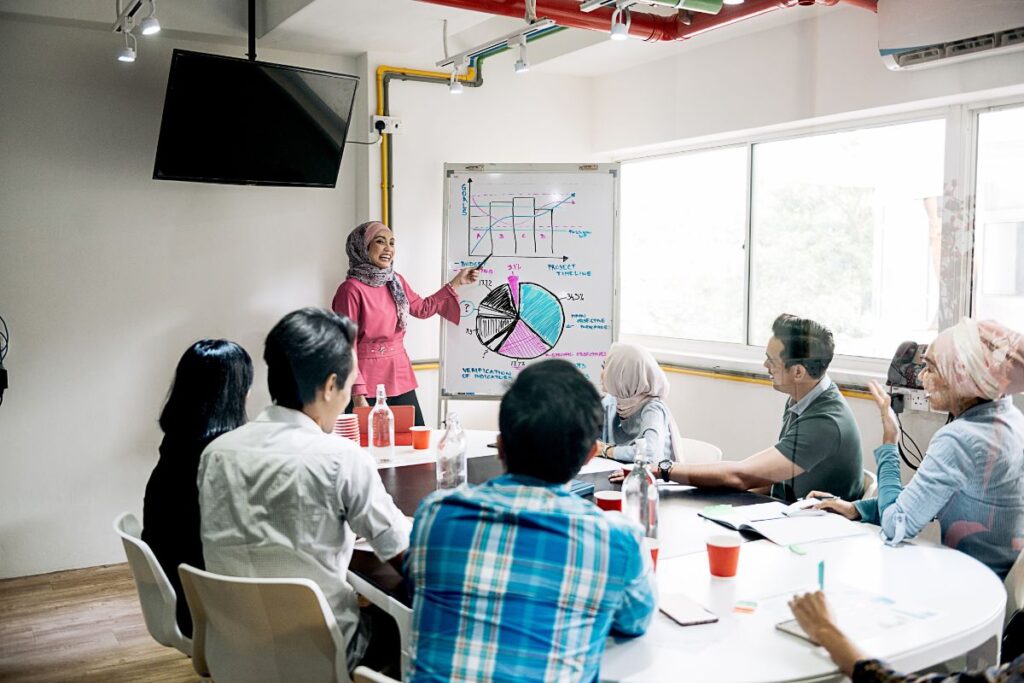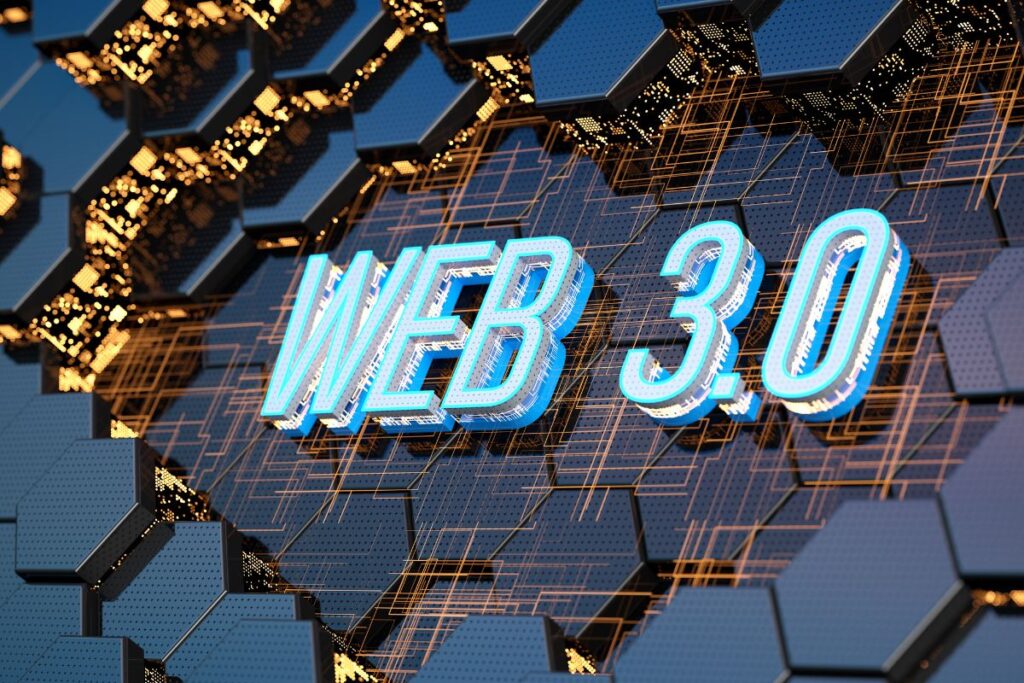The Power of Purpose-Driven Innovation
In the digital age, technology has become more than just a convenience; it’s a catalyst for change. From mobile apps that improve healthcare access to AI tools that combat climate change, technology is increasingly being used as a force for good, tackling some of the world’s most pressing social, environmental, and economic challenges.
“Tech for Good” refers to the use of digital solutions and technological innovation to address social problems, empower marginalized communities, and promote sustainable development. What was once a niche idea has become a global movement, embraced by startups, corporations, nonprofits, and governments alike.
This article explores how tech is being leveraged for social impact across sectors, including healthcare, education, environmental sustainability, financial inclusion, and humanitarian aid. We’ll highlight key innovations, real-life examples, and the growing ecosystem behind this movement, proving that when paired with purpose, technology can change the world.
1. Healthcare Innovation: Making Quality Care Accessible
Telemedicine and Mobile Health
Challenge: Billions of people, particularly in rural or underserved regions, lack access to timely medical care.
Tech Solution: Telemedicine platforms and mobile health (mHealth) apps are bridging this gap by enabling remote consultations, diagnosis, and monitoring.
Example:
Babylon Health, a digital-first healthcare provider, uses AI and video consultations to deliver accessible healthcare in regions with doctor shortages. Its chatbot symptom checker has reached millions globally.
Impact:
- Reduced hospital strain
- Improved rural health access
- Cost-effective and time-efficient care
AI in Disease Prediction and Diagnosis
AI-powered tools are transforming diagnostics by analyzing medical images, predicting disease outbreaks, and identifying health trends.
Example:
PathAI uses machine learning to assist pathologists in diagnosing cancer more accurately and efficiently.
Impact:
- Early detection of diseases
- Reduced diagnostic errors
- Accelerated research and drug development
2. Education for All: Closing the Learning Gap
EdTech Platforms
Challenge: Millions of children and adults around the world face barriers to education due to geography, poverty, or conflict.
Tech Solution: EdTech platforms offer flexible, affordable, and personalized learning experiences online.

Example:
Khan Academy provides free, world-class education via videos and practice exercises. During the COVID-19 pandemic, it became a lifeline for millions of students globally.
Impact:
- Accessible learning materials
- Skill-building for underserved communities
- Lifelong learning opportunities
Assistive Technologies
For learners with disabilities, technology is opening new doors.
Example:
Seeing AI by Microsoft helps visually impaired individuals read printed text, recognize faces, and navigate surroundings using smartphone cameras and AI.
Impact:
- Inclusive education
- Increased independence
- Empowered special-needs learners
3. Environment & Climate Action: Fighting for a Greener Planet
AI for Climate Modeling
Challenge: Climate change is the most urgent global crisis, requiring data-driven solutions.
Tech Solution: AI and machine learning are being used to model climate patterns, predict disasters, and guide policy.
Example:
IBM’s Green Horizon Project uses AI to forecast air pollution and help cities manage emissions.
Impact:
- Smarter climate decisions
- Early disaster preparedness
- Better urban planning
Clean Energy Innovations
Example:
Off-Grid Electric (now Zola Electric) provides solar energy systems to African households, allowing access to clean electricity where national grids are unreliable.
Impact:
- Reduced carbon emissions
- Economic empowerment
- Improved quality of life
4. Financial Inclusion: Bridging the Economic Divide
Digital Banking and Mobile Payments
Challenge: Over 1.4 billion adults remain unbanked, limiting their access to credit, savings, and insurance.
Tech Solution: Mobile banking platforms and digital wallets allow underserved populations to access financial services with just a phone.
Example:
M-Pesa in Kenya revolutionized mobile money, enabling millions to send, receive, and store funds securely without a traditional bank.
Impact:
- Economic empowerment
- Support for micro-entrepreneurs
- Greater financial resilience
Blockchain for Transparency and Inclusion
Blockchain technology is being used to create tamper-proof records for identity verification, land ownership, and aid distribution.
Example:
BanQu, a blockchain-powered platform, helps refugees and impoverished individuals create economic identities and gain access to the global economy.
Impact:
- Empowerment through data ownership
- Transparent financial systems
- Reduced corruption in aid delivery
5. Humanitarian Aid & Crisis Response: Faster, Smarter Relief
Drones for Disaster Relief
Drones are transforming emergency response by delivering supplies, assessing damage, and mapping affected areas.
Example:
Zipline operates drone delivery systems for medical supplies in Rwanda and Ghana, reaching remote regions in minutes rather than hours.
Impact:
- Life-saving aid delivery
- Real-time disaster mapping
- Efficient resource distribution
AI-Powered Crisis Mapping
AI algorithms and big data are used to monitor crisis zones and predict refugee movements, disease outbreaks, or violence patterns.
Example:
UN Global Pulse uses AI and real-time data to assess the impact of crises and better allocate humanitarian resources.
Impact:
- Faster emergency response
- Improved resource allocation
- Data-driven policymaking
6. Empowering Social Entrepreneurs and Communities

Tech Hubs and Innovation Labs
Across the globe, tech hubs are emerging to support startups focused on social impact.
Example:
Civic Hall in New York and Impact Hub global network foster collaboration between technologists, nonprofits, and social entrepreneurs.
Impact:
- Scalable social innovation
- Community-driven solutions
- Job creation and local empowerment
Crowdfunding and Digital Platforms for Change
Platforms like GoFundMe, Change.org, and Patreon enable grassroots fundraising, social campaigns, and creator-driven initiatives.
Impact:
- Democratized fundraising
- Amplified social causes
- Community-driven change
7. Ethical AI and Responsible Innovation
Tech for good also means tech that respects ethics, privacy, and inclusivity. Developers are now building frameworks for ethical AI, ensuring that innovations don’t reinforce biases or cause unintended harm.
Example:
Partnership on AI, a consortium founded by Amazon, Google, Facebook, IBM, and Microsoft, promotes responsible AI development focused on fairness, accountability, and transparency.
Best Practices:
- Inclusive design
- Transparent data use
- Human oversight in automation
Challenges in the Tech for Good Movement
While the impact is substantial, the tech for good movement faces hurdles:
- Access Inequality: Many people still lack internet access or digital literacy.
- Scalability: Pilot programs often struggle to scale without funding or policy support.
- Ethical Concerns: Tech used without regulation can infringe on privacy or cause harm.
- Short-Term Funding: Many social tech startups rely on inconsistent donor or grant funding.
Solution: Cross-sector collaboration between tech companies, governments, NGOs, and communities is essential to overcome these barriers and create lasting impact.
How Businesses Can Get Involved
Whether you’re a startup or an established brand, contributing to tech for good is both impactful and strategic.
Steps to Get Involved:
- Embed Purpose in Your Mission: Align your business goals with social or environmental causes.
- Develop Inclusive Products: Design tech that is accessible to all users, including people with disabilities or low digital literacy.
- Support Open Innovation: Partner with nonprofits or open-source communities to co-create solutions.
- Invest in Impact Startups: Use venture capital or corporate funding to support social entrepreneurs.
- Advocate for Policy Change: Use your influence to support regulations that promote ethical and inclusive tech.
The Future of Tech for Good

The next decade will witness an even deeper integration of emerging technologies into social impact work:
- AI for SDGs: Artificial intelligence used to tackle the UN’s Sustainable Development Goals.
- Web3 for Social Justice: Decentralized platforms enabling digital ownership and equitable value sharing.
- Climate Tech: Innovations specifically addressing environmental regeneration and carbon removal.
- Neurotech and Health Equity: Technologies making mental health support accessible to marginalized communities.
As these trends evolve, the responsibility lies with developers, policymakers, and users to ensure technology remains a tool for good.
Conclusion: Building a Better World Through Technology
“Tech for Good” is not just a catchphrase, it’s a call to action. In a world grappling with inequality, climate change, and global health crises, technology offers unprecedented tools for social progress. The challenge isn’t just to innovate but to innovate with intention, empathy, and inclusivity.
When deployed thoughtfully, technology can become a great equalizer, unlocking opportunities, amplifying voices, and driving transformative change across sectors and societies. The future of impact lies not just in the tools we create but in how we use them, and who we build them for.
Now is the time to use code, data, and design to build a better, fairer, more sustainable world, because tech, when aligned with purpose, becomes one of humanity’s most powerful forces for good.
